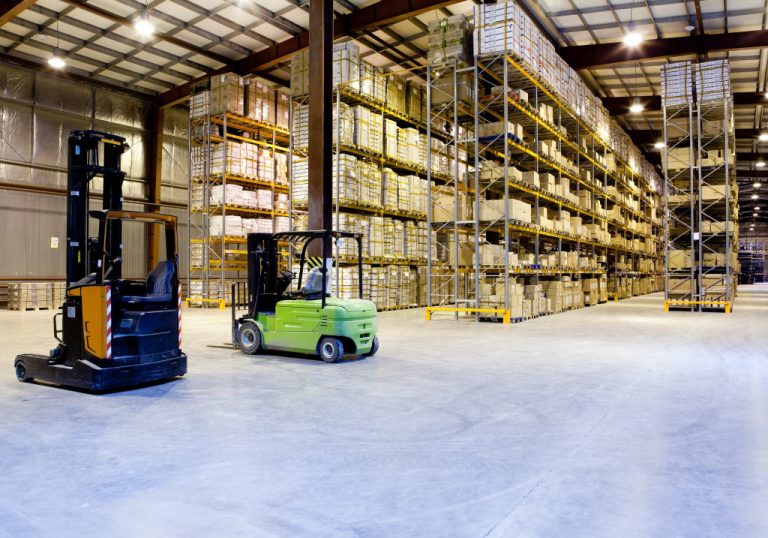One of the main goals of facility management is to ensure operations in a commercial establishment remain as efficient and smooth as possible. Some companies invest in cutting-edge systems and upgrades to maintain the quality and safety of the business. For example, industrial plants rely on epoxy floor coating systems to protect their building against chemical spills, humidity changes, and high impacts.
The facility manager plays an important role in enforcing procedures and policies in a commercial facility. Although they have the expertise in facility maintenance, they also miss some key factors along the way. In this article, we’ll talk about the common mistakes in facility management and how to avoid them.
Poor emergency planning
Emergency planning is something many facility managers often neglect. They assume their well-planned systems, safety policies, and top-quality equipment are enough to reduce the likelihood of disasters in the business. The reason can also be budgetary. Truth is, accidents happen when we least expect them. They happen in the most unimaginable ways that can lead to property damages, loss of productivity, and risk the health and life of your team.
Facility management often focuses on existing systems and issues. But it’s also important how the current happenings in your business can affect future operations. If you’re not informed about the procedures related to your tools and facility, you are putting your business on the line. Workers’ lives will also be at stake.
Emergency planning involves several aspects, such as preparation, training, and planning. You have to identify whether the roles of your staff are applicable to a certain operation, the chain of command, the type of equipment used. It also includes safety supplies, such as temporary generators, fire-resistant materials, and personal protective equipment (PPE).
One big mistake can put your business at risk. So before something bad happens, make sure to layout your emergency response, procedures, and supplies.
Lack of preventive maintenance
Maintenance is a key element of keeping a facility in its best shape. When your company follows a reactive maintenance approach in all your operations, this means you only apply the necessary repair and maintenance once a piece of equipment breaks down.
Preventive maintenance is recommended if you want to significantly reduce the number of potential accidents and issues that can occur in a facility. It won’t only eliminate downtime, but also prolong asset lifespan, reduce maintenance cost, increase efficiency, and lessen the number of reactive repairs.
But implementing a preventive maintenance program isn’t enough. Facility managers need a clear system that monitors the data and type of maintenance performed, including the parts, replaced and installed.
To support this process, managers can use facility management platforms to create timelines when maintenance should be implemented. You can easily organize maintenance records so your workers can easily access necessary information when needed. The platform can also make preventive maintenance your priority by handling the automated scheduling of repeat work orders, storing asset warranties, and sending alerts when service is scheduled.

Failure to invest in the right technology
There are plenty of reasons why facility managers aren’t depending on technology compared to other fields. Some are afraid of making the wrong investment, which will only yield unnecessary costs to the company. Meanwhile, others think their workforce isn’t prepared yet for transformative developments.
Sometimes, it’s difficult for a company to surrender its old habits because of the fear of the unknown. Anything strange or unprecedented causes a skeptical response. There’s also the monetary issue or the additional costs required for a technology purchase. Although uncertainties will always be present, embracing technology also opens opportunities.
Investing in technology shouldn’t cause fear, but excitement. You should be excited about the productivity and progress that awaits the entire organization if the right digital tools are in place. By switching to modernized systems, you’re making everyone’s job easier by simplifying and automating daily manual tasks.
Poor workspace utilization
Unused space dramatically affects company investments. It leads to unrealized revenue and undiscovered business opportunities. A study revealed organizations aren’t using 30% to 50% of their real estate. They refuse to maximize the space, which could have accommodated more employees to support the business.
Poor workspace utilization causes a slowdown in business growth because of relying on wrong data and gut feelings. Truth is, facility managers should study occupancy data and the real density of a workplace to optimize the work environment.
Our discussion above reveals facility managers have plenty of roles to fulfill but not enough resources to perform their job. Mistakes can be made, but it’s up to you on how to prevent them from happening and incurring more damage to the business. So, don’t overlook the mistakes above and make sure to address them adequately to contribute to the overall success of the organization.



